Treatment of pulpitis and periodontitis of primary teeth

specialists

equipment

treatment
Symptoms
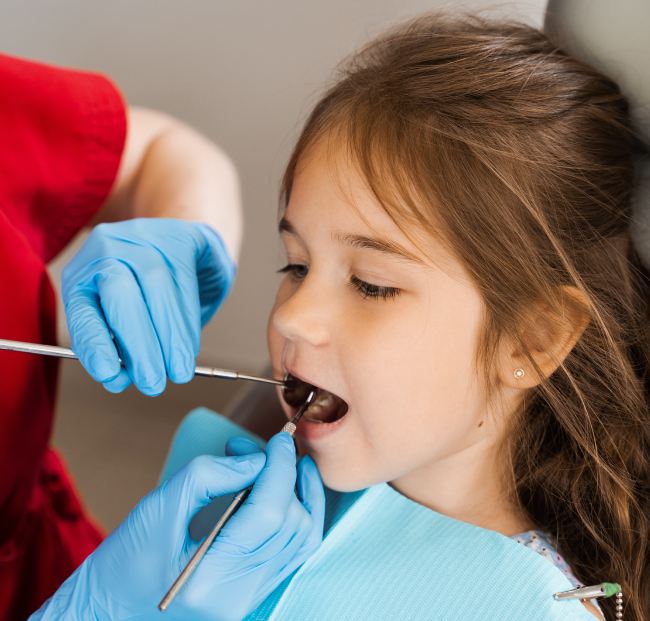
Symptoms of pulpitis of a baby tooth in a child include:
- Sudden sharp pain
- Sleep disturbance
- Decreased appetite
- Increased body temperature
- Enlarged lymph nodes
- Increased pain from temperature and mechanical stimuli
If a child has a tooth injury, he may feel pain when breathing in cold air or when chewing. This indicates the possible development of pulpitis due to an open pulp chamber. In older children, acute pain often becomes paroxysmal and intensifies in the evening and at night.
Nuance! Acute pulpitis is sometimes asymptomatic and quickly becomes chronic due to the structural features of baby teeth. If pulpitis of a baby tooth is not treated, the risk of infection entering the pulp and spreading to the periodontium increases.
Chronic pulpitis of a baby tooth is accompanied by less intense pain and bad breath. During examination, the dentist may identify carious cavities with softened dentin.
To diagnose chronic pulpitis in a baby tooth, the dentist performs a visual examination, palpation and radiography. The image allows you to better assess the degree of damage to the tooth tissue.How to treat pulpitis of a milk tooth
Treatment of pulpitis of primary teeth in children takes place in several stages:
- Under anesthesia with sterile instruments, the doctor removes the affected tissue
- The carious cavity is treated with a chlorhexidine solution to destroy bacteria and prevent infection
- Applies dual-curing ionomer cement liner
- Performs filling with restoration of the anatomical shape of the tooth
- Grinds the filling to create a smooth surface
- Applies fluoride-containing preparations to strengthen enamel
The effectiveness of treatment of pulpitis in children's primary teeth decreases as the disease progresses to the chronic stage.
Doctors often use a biological approach to the treatment of pulpitis in primary teeth, the goal of which is to preserve tooth pulp. This method involves the use of specialized coatings and medications. It is especially necessary in the treatment of pulpitis with incomplete formation of the root system.
Such coatings help avoid premature tooth extraction, preserving its vitality.

Coatings for the biological method of treating pulpitis of primary teeth in children are divided into two types:
- Direct Used when the pulp is accidentally opened. Involves the application of calcium hydroxide.
- Indirect Used in the treatment of acute pulpitis in children. It involves applying a medicinal composition to dentin inside a carious cavity.
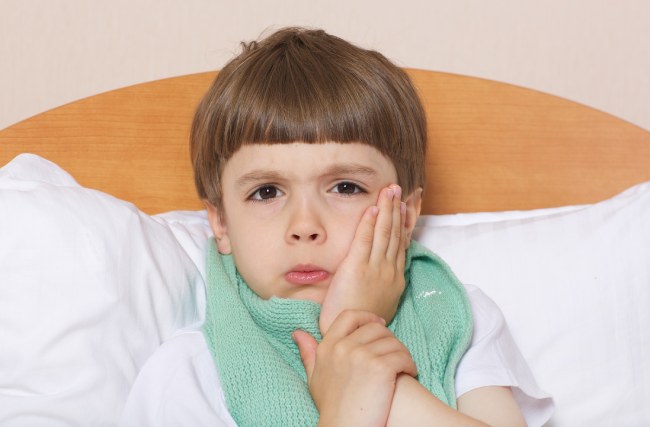
Periodontitis of a baby tooth is an inflammation of the periodontal tissues surrounding the tooth root, which can be acute or chronic. Often occurs due to progressive caries, improper treatment of dental diseases or tooth trauma.
Doctors include complications of periodontitis in children:
- Pain and discomfort that affect the child’s quality of life
- Eating problems due to pain when chewing
- Risk of developing osteomyelitis - a serious disease of the jaw bones
- Loss of permanent tooth buds due to extensive inflammation
Periodontitis in children requires timely and qualified treatment. In this case, the doctor is able to prevent serious complications and maintain the health of both milk and future permanent teeth.
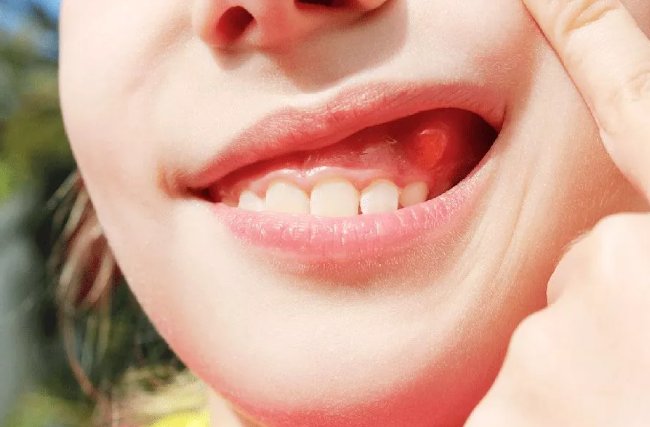
Parents can be the first to notice signs of periodontitis in their children’s primary teeth, which allows them to contact a dentist in a timely manner. Main symptoms include:
- Pain, especially when eating hot or cold food, or when chewing
- Refusal to eat
- Irritability and lethargy
- Temperature rise
- The appearance of a fistula on the gum
- Swelling or swelling of the cheeks
To diagnose dental periodontitis in a child, the K+31 clinic performs a visual examination and radiography. Modern X-ray machines provide minimal radiation exposure, which makes the procedure safe for the child.
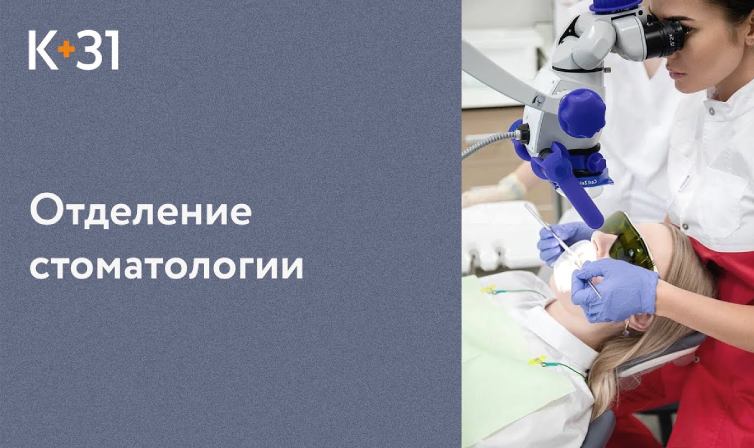
Modern methods of diagnostics and dental treatment at "K+31"
Our doctors

This award is given to clinics with the highest ratings according to user ratings, a large number of requests from this site, and in the absence of critical violations.

This award is given to clinics with the highest ratings according to user ratings. It means that the place is known, loved, and definitely worth visiting.

The ProDoctors portal collected 500 thousand reviews, compiled a rating of doctors based on them and awarded the best. We are proud that our doctors are among those awarded.
Make an appointment at a convenient time on the nearest date
Price
Other Services
Online consultation with a pediatric dentist
Oral hygiene according to the Swiss GBT protocol Plastic frenulum of the tongue Treatment of baby teeth Dental treatment in a dream






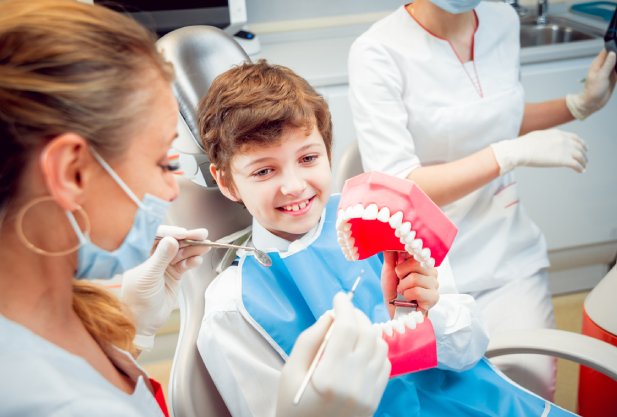

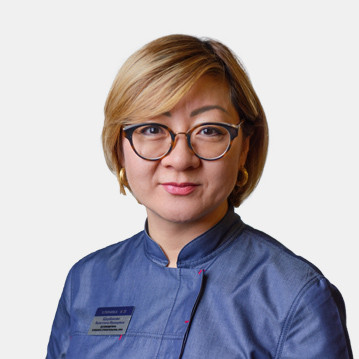
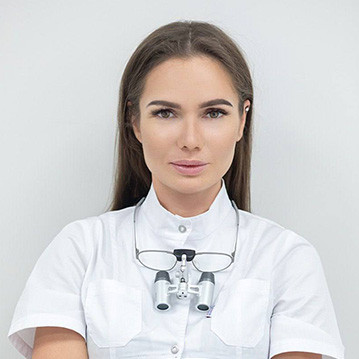

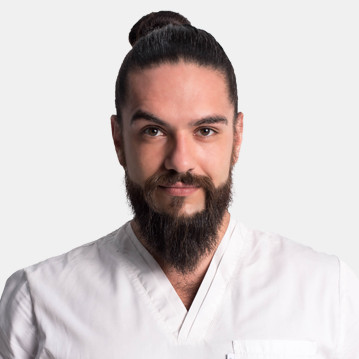
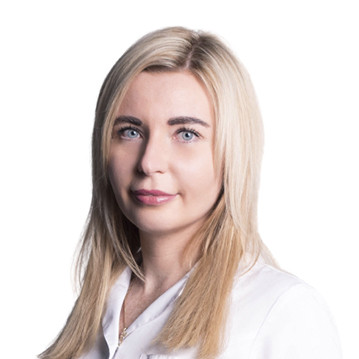
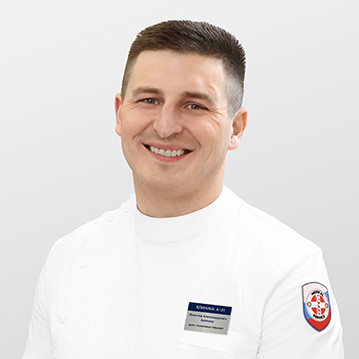








































What is pulpitis of a baby tooth in a child?
Pulpitis in children is an inflammation of the inside of the tooth, where the nerves and blood vessels are located. The disease can affect both baby and permanent teeth, without age restrictions.
Pay attention! It is important to prevent childhood pulpitis due to the structure of baby teeth. A thin layer of dentin and large canals accelerate the appearance of caries, which quickly progresses and leads to inflammation of the pulp.
The main factors in the development of pulpitis in primary teeth include insufficient oral hygiene, which promotes the growth of harmful bacteria Streptococcus mutans. Pulp inflammation is also caused by dental injuries, improper treatment of caries and infections spread through the blood.
Heredity is not directly related to pulpitis of baby teeth in a child, but genetic aspects influence the susceptibility of teeth to caries, which, without treatment, is complicated by pulpitis.